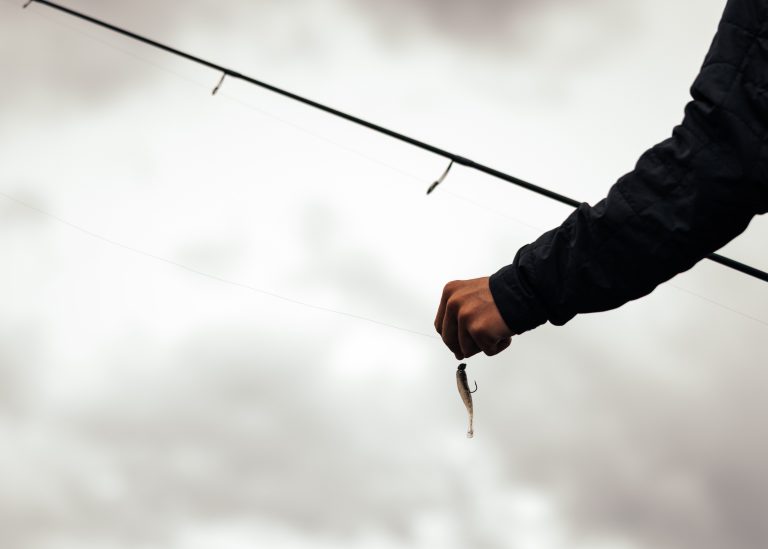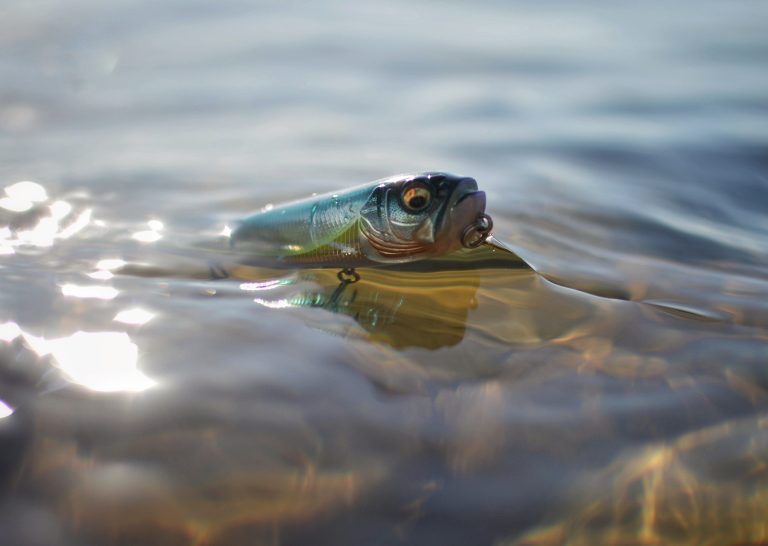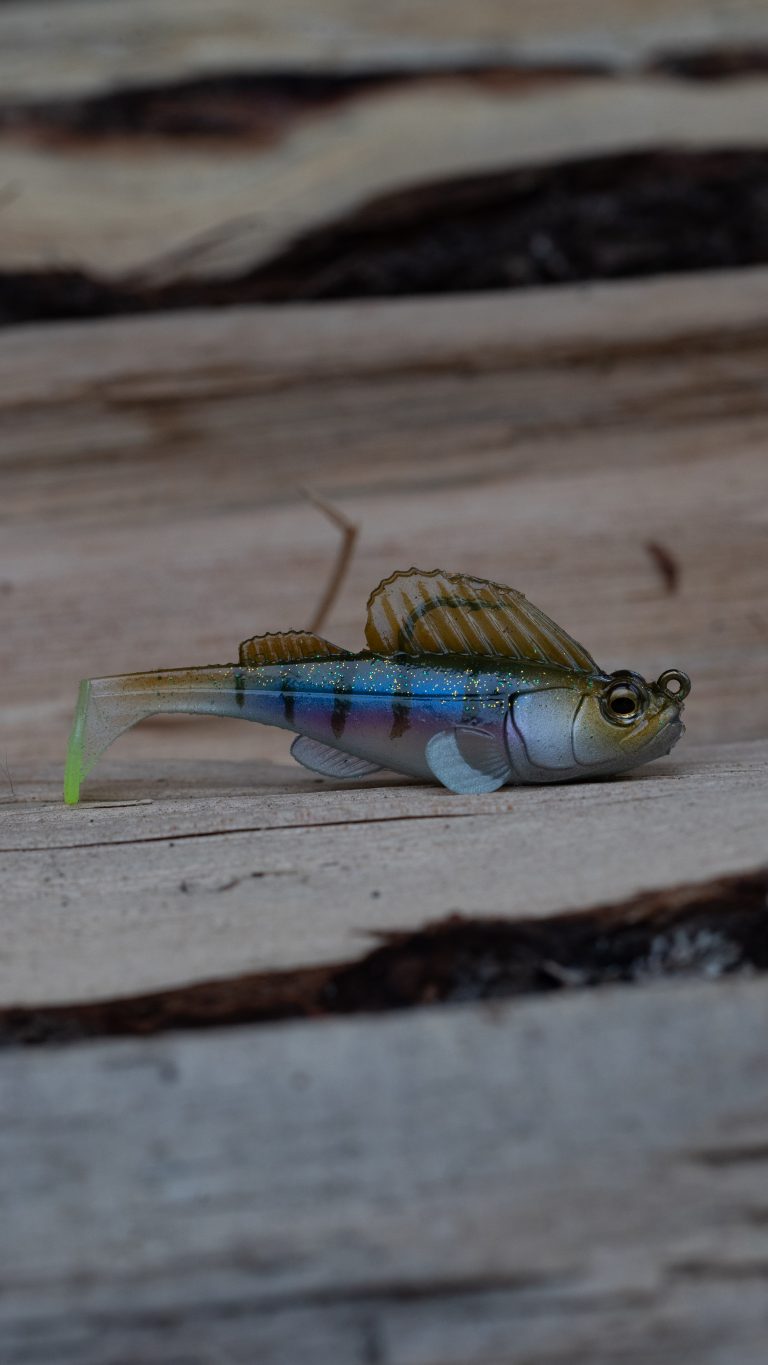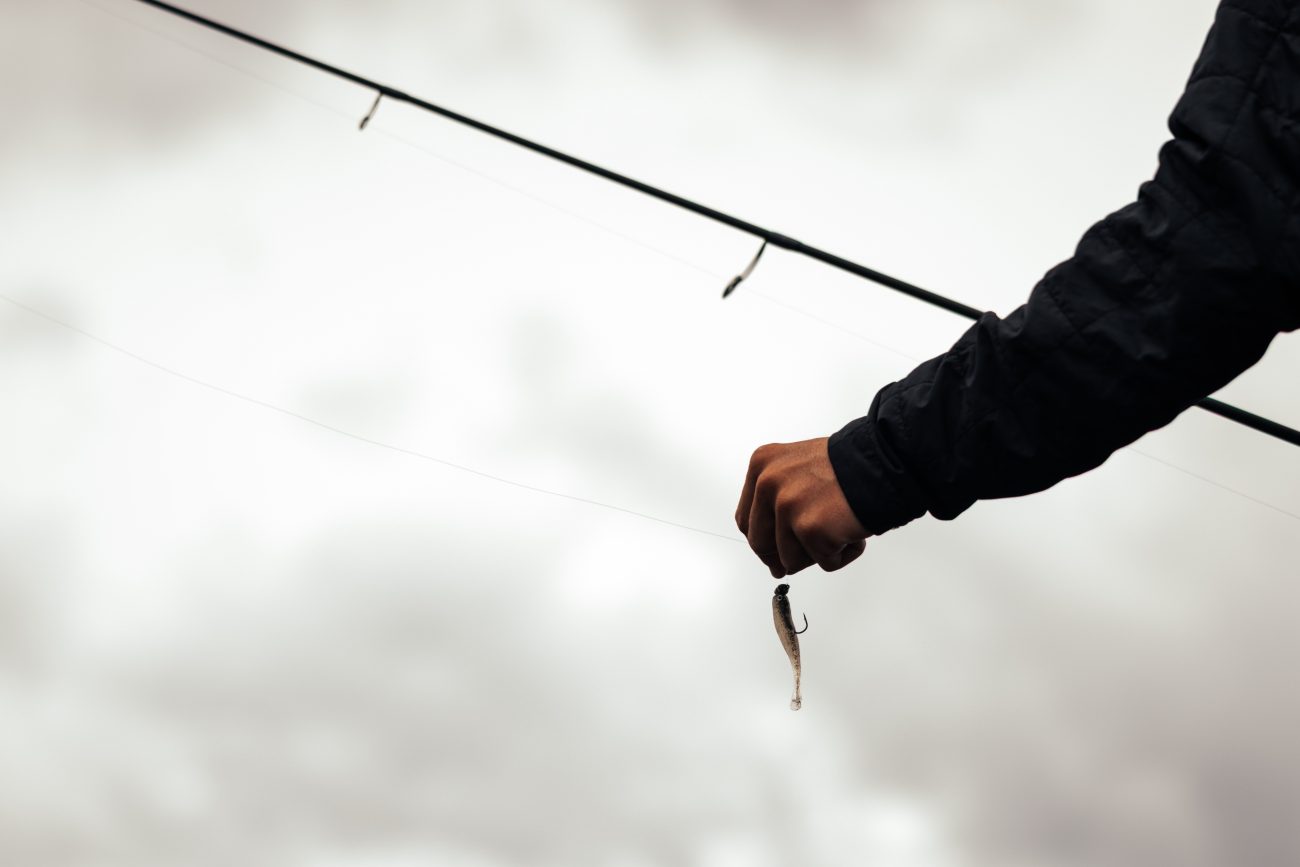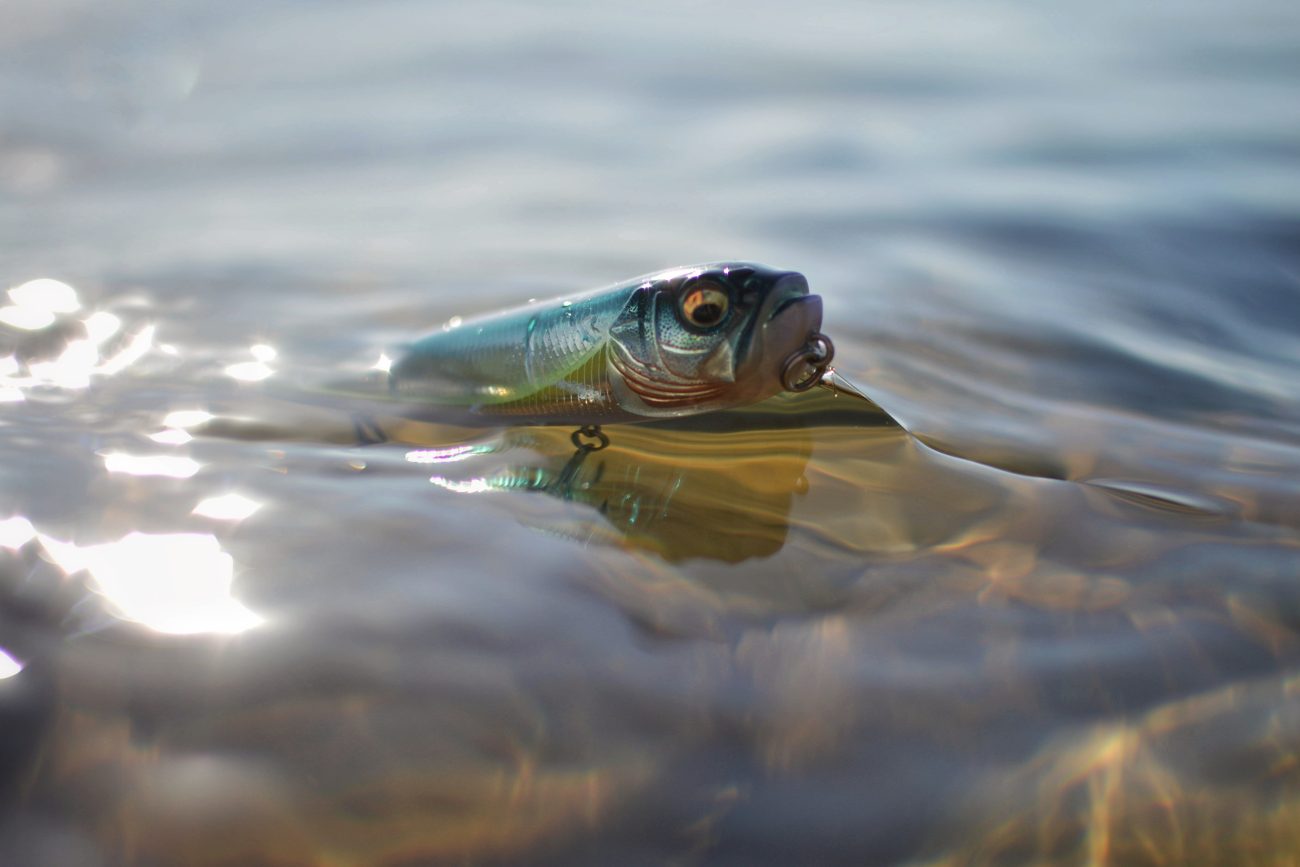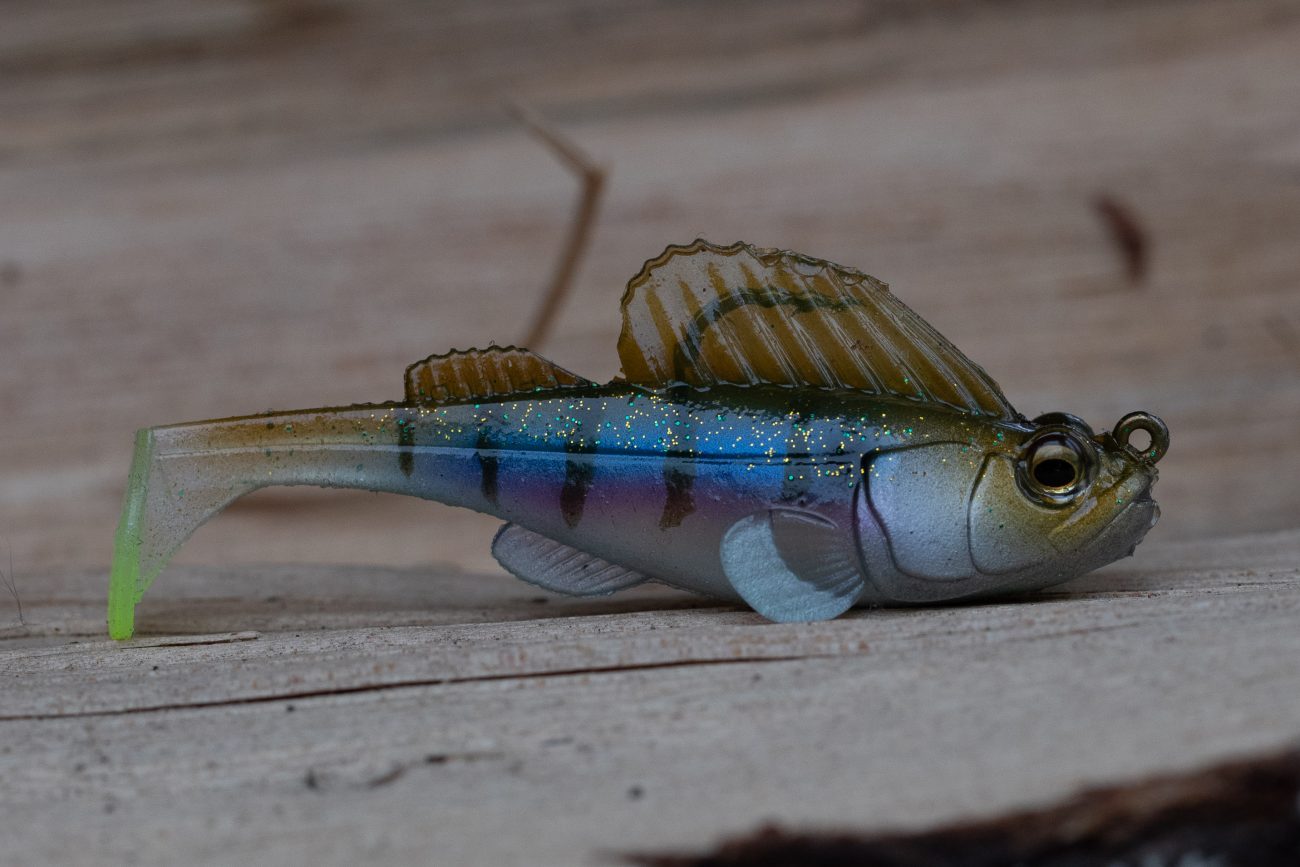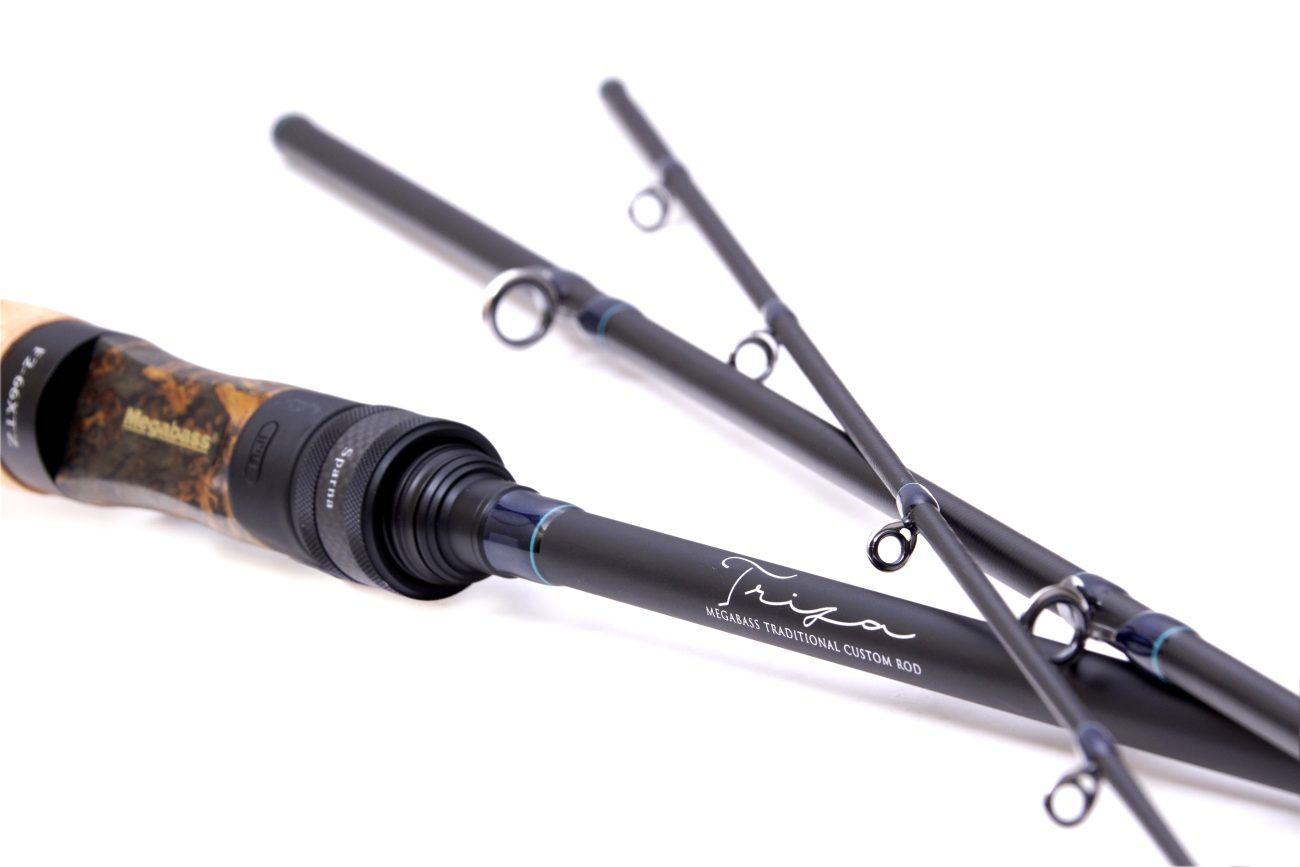In my opinion, jerkbait fishing can be one of the most complicated techniques in bass fishing, but if practiced correctly it can also be among the most rewarding and fun.
There are many variables that are crucial to fine-tuning this technique, but determining the best conditions in which to use it may be the first and most important part of any angler’s game plan.
Optimum conditions depend upon three main factors: Water temperature, water clarity, and the species of bass being targeted. Once an angler evaluates those three variables, he can then consider whether a jerkbait is the best tool for the job. There are no concrete formulas to success with this bait, but if you have a reasonable starting point, it’s possible to modify your approach based upon the level of success (or lack thereof) that you experience.
Water temperature is the most important element in determining prime conditions. You can break down temps into three categories: Those between 38-50 degrees, those from 50-70 degrees, and those over 70 degrees.
- When the water temperature is between 38 and 50 degrees, water clarity will influence the best conditions for throwing a jerkbait. If you have clear water (over 4 feet visibility) you’ll want to use it under cloudy skies with a 5-10 mph wind. These conditions activate the bass more than any other in this temperature range.
- If you have temps between 38 and -50 degrees with more water color (2 to 4 feet of visibility), the best conditions will be a sunny to partly cloudy day, with light winds.
- When confronted with water temps from 50 to 70 degrees and visibility over 4 feet, again you will see the best action with cloudy skies, but in warmer water, winds from 15 to 20 mph will activate the bass more.
- In water temperatures from 50 to 70 degrees combined with visibility under 4 feet, the jerkbait will produce best under partly cloudy skies and a 10 to 15 mph wind.
- When the water temps get over 70 degrees, the ideal conditions for jerkbaiting occur under partly cloudy to cloudy skies with fairly-heavy wind (10-20 mph).
The above considerations are for lakes where the bass populations consist primarily of largemouth and spotted bass, regardless of whether it’s an Ozark lake like Table Rock, a grass lake like Sam Rayburn, or and eastern fishery like Lake Lanier. The exception to this rule is northern waters where the fishery focuses primarily on smallmouth bass, like the Great Lakes, Lake Champlain and Lake St. Clair. In these waters, sunny or partly cloudy skies are always the ideal situation. Additionally, wind is a big help, with a 10 mph wind being ideal when temps are below 60 degrees, and a 15-20 mph wind being preferred with temps over 60.
One final factor you must consider is cover. If you are fishing a lake with lots of open water and flats, wind is always more important because it activates the fish more and casting is made much easier in the open water.
If you have a body of water with lots of timber or boat docks, even though wind may activate the fish, it can be a negative due to the fact it makes presentation very difficult at times. Key pieces of structure may be between timber or docks, and that may require more finesse and time to make a good presentation – a luxury that you may not have if the wind is pushing you down the bank.
Finally, a south wind is always the best direction for jerkbait fishing. Fish are more active and will chase more under a south/southwest wind than any other.
I hope this helps, and best of luck to everyone! Put a jerkbait on your deck this year and let the conditions guide your approach.

